SLVSE48C january 2018 – may 2023 TPS65268-Q1
PRODUCTION DATA
- 1
- 1 Features
- 2 Applications
- 3 Description
- 4 Revision History
- 5 Pin Configuration and Functions
- 6 Specifications
-
7 Detailed Description
- 7.1 Overview
- 7.2 Functional Block Diagram
- 7.3
Feature Description
- 7.3.1 Adjusting the Output Voltage
- 7.3.2 Enable and Adjusting UVLO
- 7.3.3 Soft-Start Time
- 7.3.4 Power-Up Sequencing
- 7.3.5 V7V Low-Dropout Regulator and Bootstrap
- 7.3.6 Out-of-Phase Operation
- 7.3.7 Output Overvoltage Protection (OVP)
- 7.3.8 Slope Compensation
- 7.3.9 Overcurrent Protection
- 7.3.10 Power Good
- 7.3.11 Thermal Shutdown
- 7.4 Device Functional Modes
- 8 Application and Implementation
- 9 Device and Documentation Support
- 10Mechanical, Packaging, and Orderable Information
Package Options
Mechanical Data (Package|Pins)
- RHB|32
Thermal pad, mechanical data (Package|Pins)
- RHB|32
Orderable Information
8.2.3 Application Curves
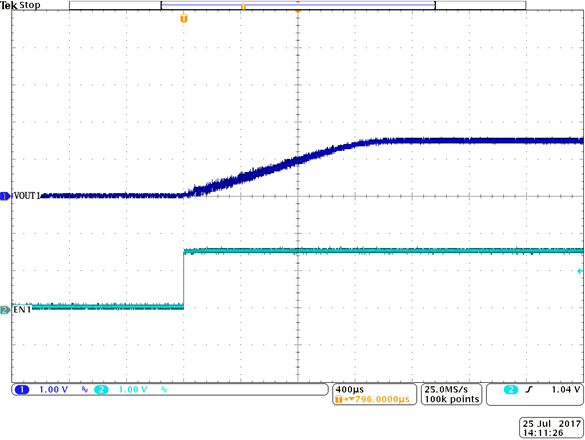
| IOUT = 3 A |
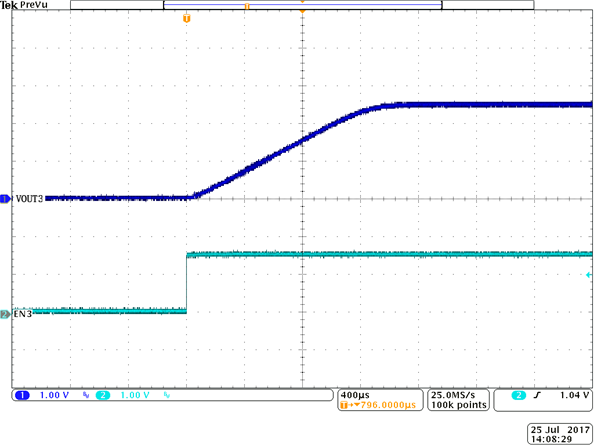
| IOUT = 2 A |
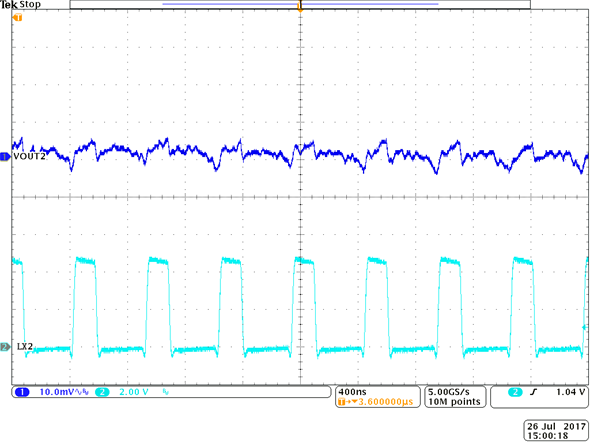
| IOUT = 2 A |
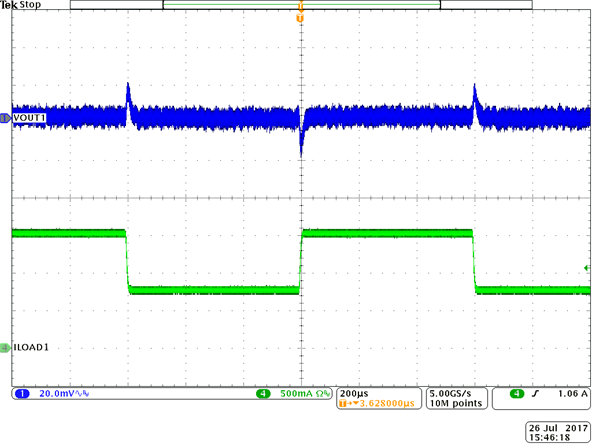
| IOUT = 0.75 to 1.5 A | SR = 0.25 A/µs |
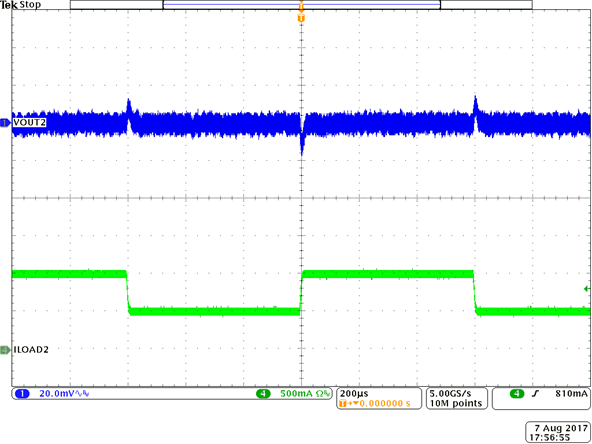
| IOUT = 0.5 to 1 A | SR = 0.25 A/µs |
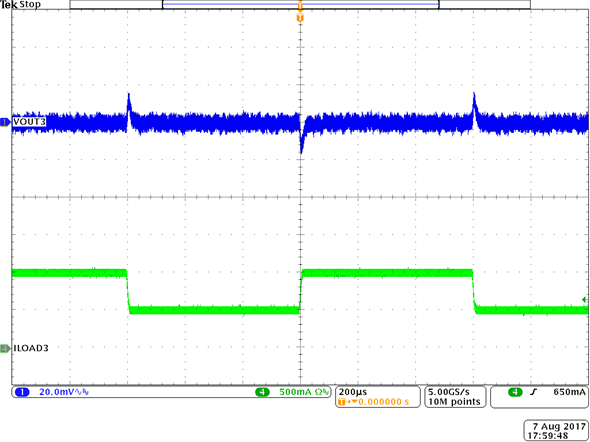
| IOUT = 0.5 to 1 A | SR = 0.25 A/µs |
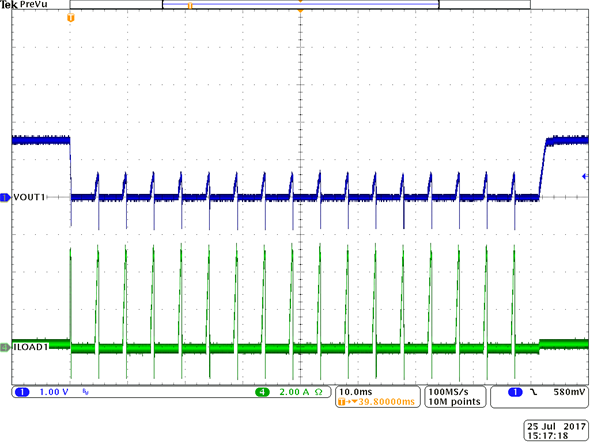 Figure 8-15 BUCK1
Hiccup and Recovery
Figure 8-15 BUCK1
Hiccup and Recovery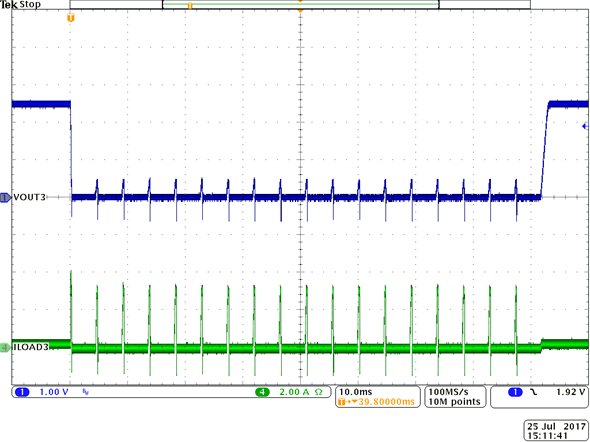 Figure 8-17 BUCK3
Hiccup and Recovery
Figure 8-17 BUCK3
Hiccup and Recovery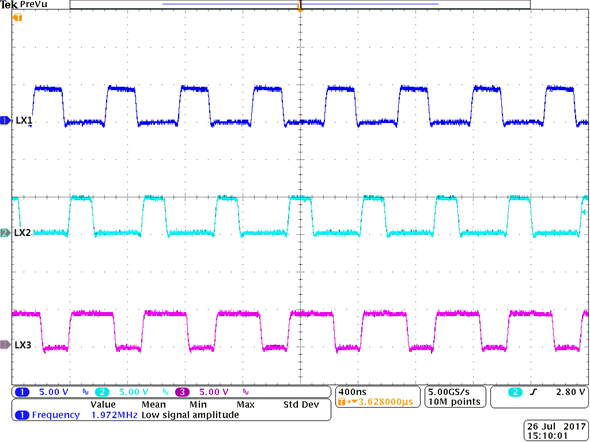 Figure 8-19 180°
Out-of-Phase
Figure 8-19 180°
Out-of-Phase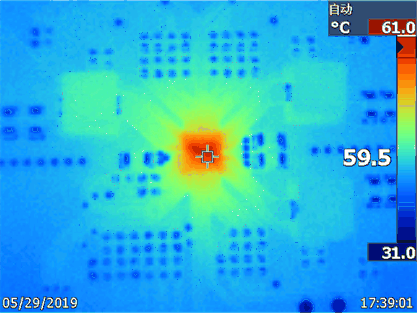
| VIN = 5 V, VOUT1 = 1.5 V/2 A, VOUT2 = 1.2 V/1.5 A, | |
| VOUT3 = 2.5 V/1.5 A, | |
| TA = 25°C EVM condition 4 layers, 75 mm × 75 mm |
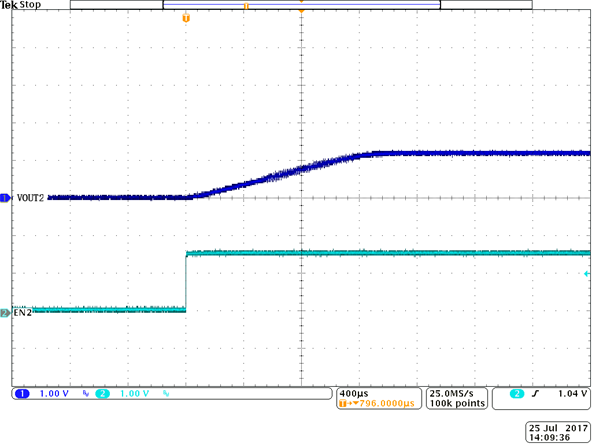
| IOUT = 2 A |
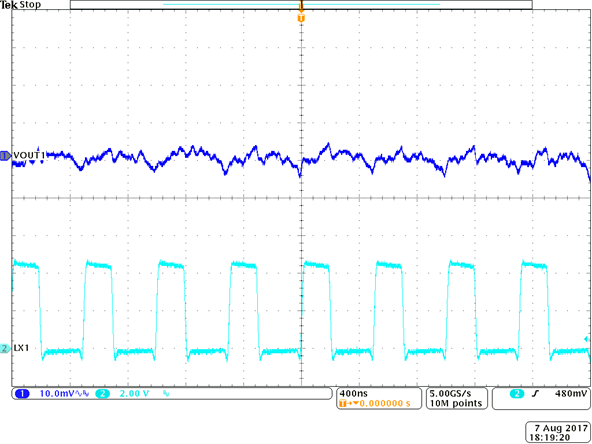
A.
Figure 8-6 BUCK1
Output Voltage Ripple| IOUT = 3 A |
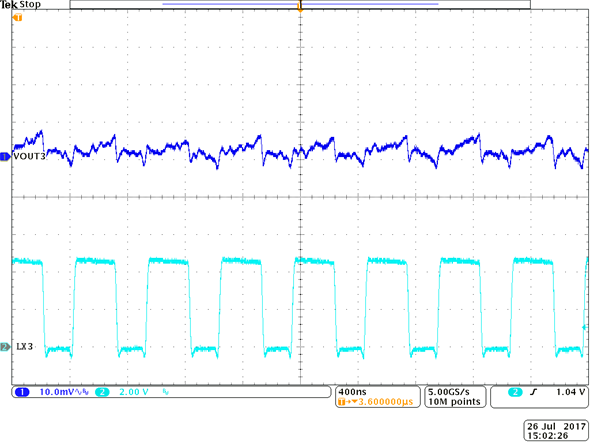
| IOUT = 2 A |
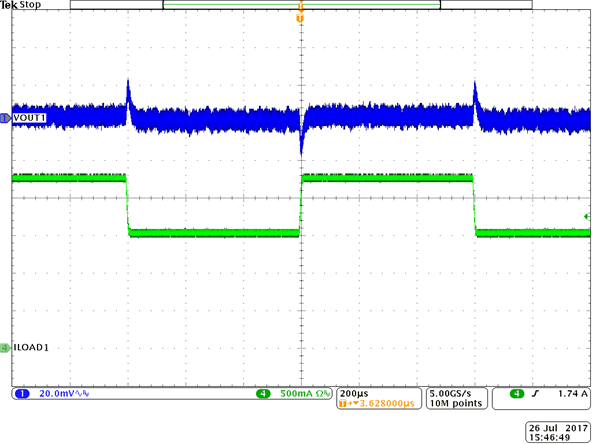
| IOUT = 1.5 to 2.25 A | SR = 0.25 A/µs |
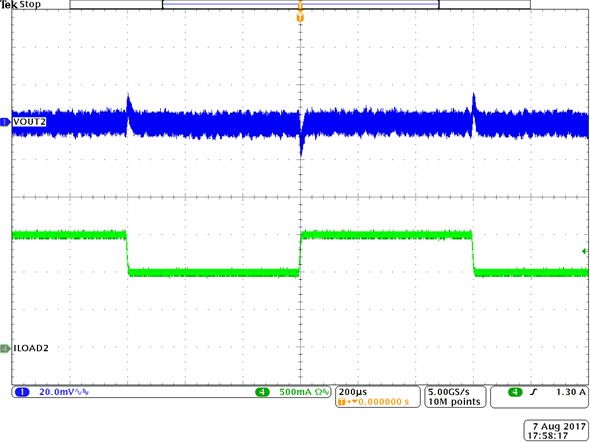
| IOUT = 1 to 1.5 A | SR = 0.25 A/µs |
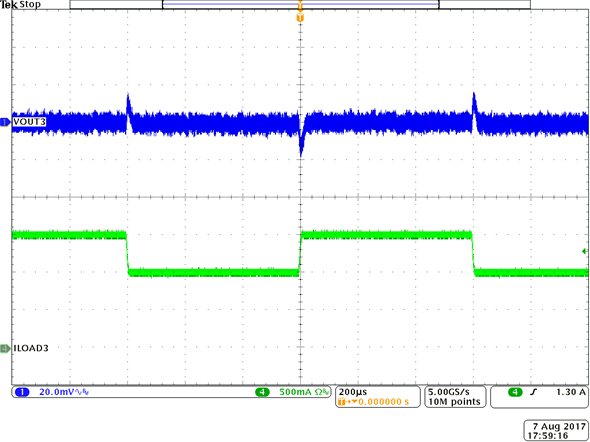
| IOUT = 1 to 1.5 A | SR = 0.25 A/µs |
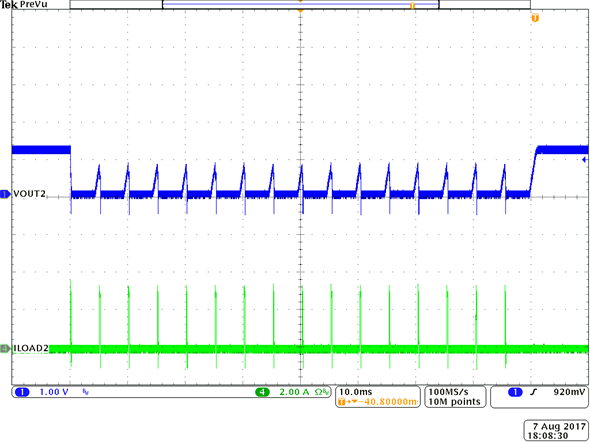 Figure 8-16 BUCK2
Hiccup and Recovery
Figure 8-16 BUCK2
Hiccup and Recovery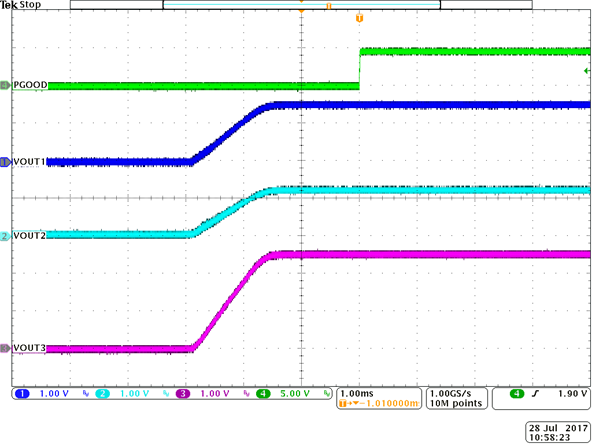 Figure 8-18 PGOOD
Figure 8-18 PGOOD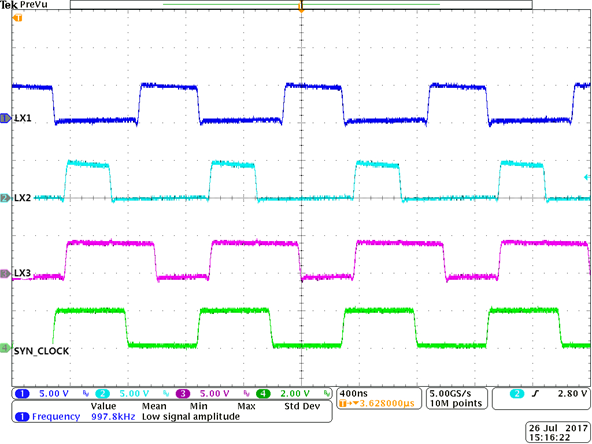 Figure 8-20 Synchronization With External Clock
Figure 8-20 Synchronization With External Clock